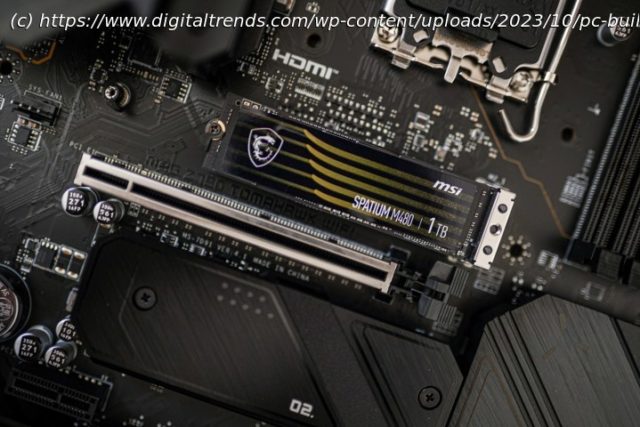If you suspect there might be something wrong with your drive, it’s best to look into it. Here’s how to test your SSD quickly and safely.
Even if you own one of the best SSDs, it will fail one day, and that’s a fact.
Because of how SSDs work, each has a finite number of read and write cycles that it can complete before it dies, and every such cycle contributes to the degradation of NAND flash memory. At some point, it’ll be beyond saving. The good news? It’s nearly impossible to use up all of these read/write cycles. The bad news? Your SSD may still fail even if you’re far from hitting that limit.
Signs of a failing SSD include crashes, blue screens of death (BSOD), slow performance, data loss, and inability to write new files to the drive. When things are going south for your SSD, it’s important to know and act as soon as possible — you might still have time to back up your data. Check out the best ways to test your SSD to make sure your data is safe.Check your SSD in Windows Settings
For a very basic check, you can just head straight to Windows Settings. Remember that this is not an in-depth test, so if you suspect your SSD might be failing, try out the other options on this list when you’re done with this one.
Step 1: Start by entering the Storage section of Windows Settings. You can do this by either pressing the Windows and I keys on your keyboard, then navigating to System > Storage, or by typing Storage into the Windows Search and selecting Storage Settings.
Step 2: Once you’re there, scroll down to find Advanced storage settings, then Disks & volumes.
Step 3: Pick your SSD from the list and click on Properties. Scroll down past some basic information about your SSD and look at Drive health. Windows will give you an estimate of your SSD’s remaining life, available space, and the temperature of your drive. Unfortunately, that’s all the information you can get from this utility.Use Windows Command Prompt
This is another simple «yes or no» type of test. Using the Command Prompt (CMD) in Windows, you can check whether your SSD is healthy. If it isn’t, that’s a big red flag that you should back up your data while you still can.
Step 1: Click on the Start Menu and type in Command Prompt. Then, right-click the result and select Run as administrator.
Step 2: Run the command as follows: wmic diskdrive get status and press Enter.
If the tool says that your SSD is «OK», you’re in the clear. However, if you encounter «Pred Fail», you should rush to back up your data (and then proceed with some more in-depth testing).Use Windows PowerShell
Windows PowerShell can provide you with a bit more information than the Command Prompt can, and there are a couple of different commands you can run to learn more about your SSD.
Step 1: Start by launching Windows PowerShell. Enter the Start Menu and search for Windows PowerShell. Then, right-click it and Run as administrator.
Step 2: Once in PowerShell, you can try the following commands (you can just copy and paste them in):
Get-PhysicalDisk — This will tell you the operational status of your SSD and whether it’s healthy or not.
Get-PhysicalDisk | Get-StorageReliabilityCounter | Format-List — This drastically expands the amount of information you’ll get on your SSD. You’ll see the current and maximum temperatures, whether your SSD has encountered any read or write errors, or how long your SSD has been in use.






